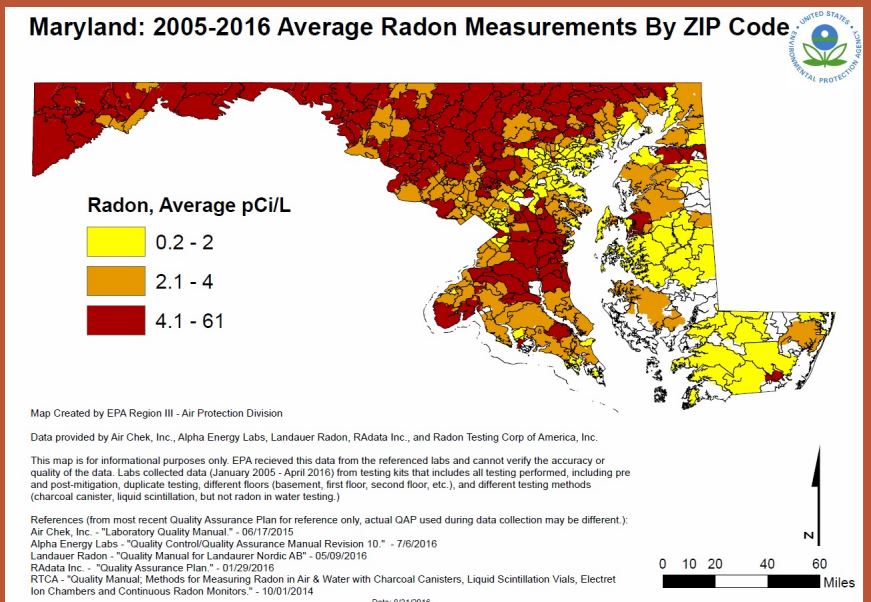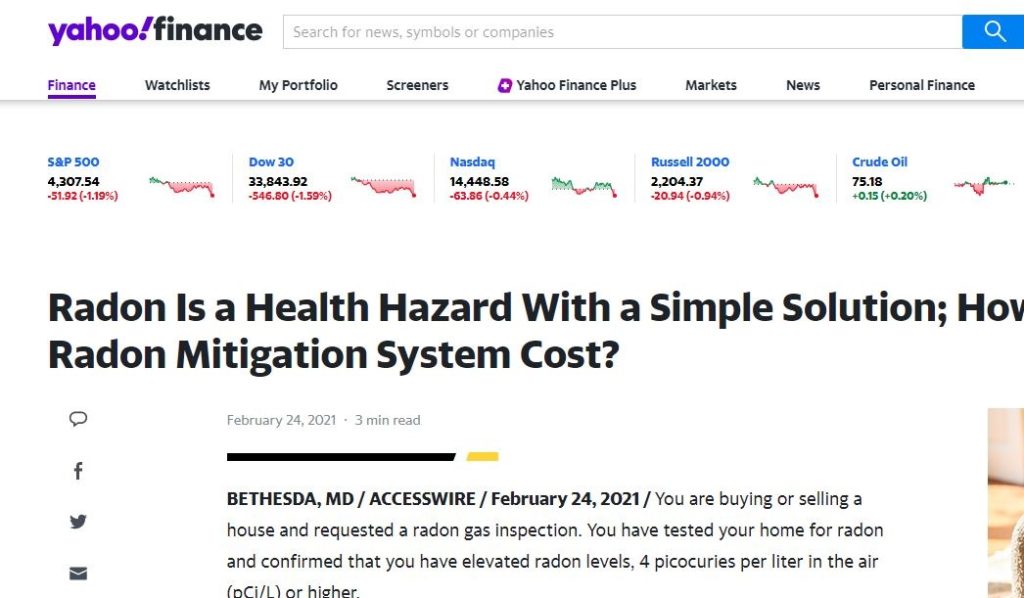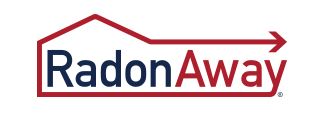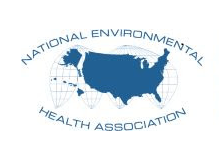Radon levels in USA
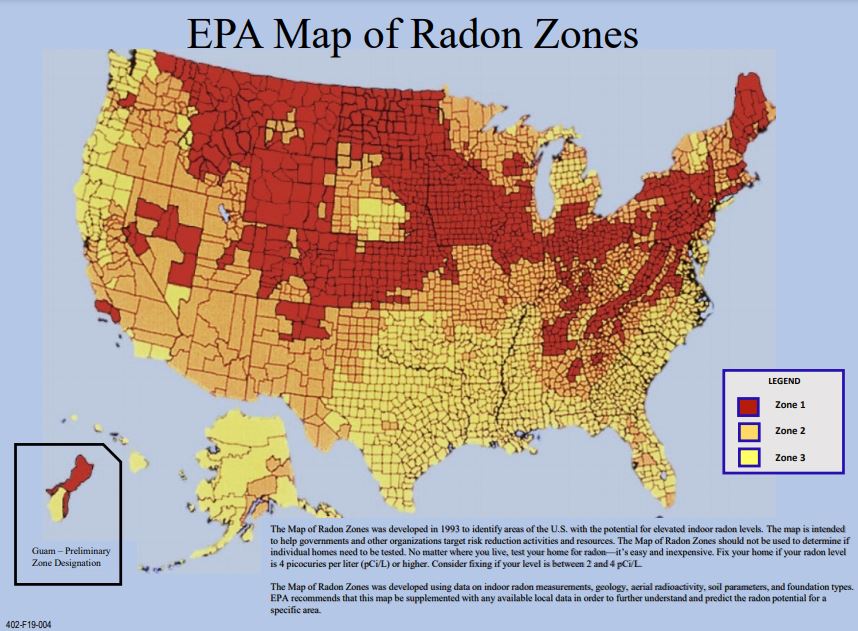
Radon is a naturally occurring radioactive gas that can be found in varying concentrations in soils, rock, and water. In the United States, radon is the leading cause of lung cancer among non-smokers and the second leading cause of lung cancer overall, after smoking.
The Environmental Protection Agency (EPA) has created a radon potential map of the United States that divides the country into three zones based on the predicted average indoor radon level:
- Zone 1 (high): predicted average indoor radon screening levels greater than 4 pCi/L
- Zone 2 (moderate): predicted average indoor radon screening levels between 2 and 4 pCi/L
- Zone 3 (low): predicted average indoor radon screening levels less than 2 pCi/L

It is important to note that radon levels can vary significantly within a specific geographic area, and the only way to know the radon levels in a particular home or building is to conduct a radon test.
According to the EPA, approximately one in 15 homes in the United States has elevated levels of radon, and it is recommended that all homes be tested for radon. The EPA also recommends that homes with radon levels above 4 pCi/L be fixed to reduce the risk of lung cancer.



